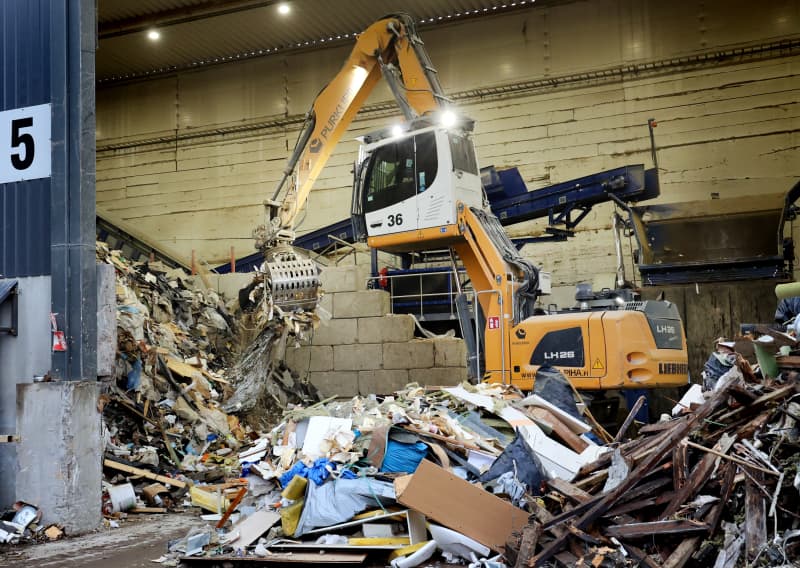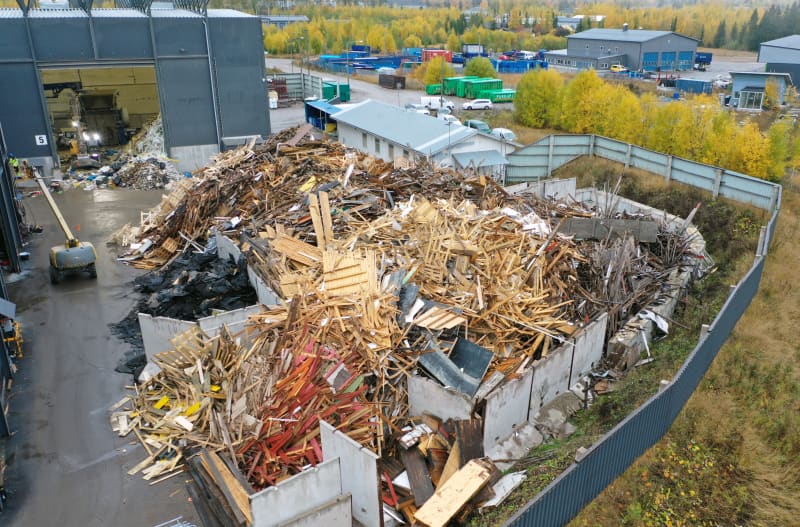In the demolition industry, we see that the bottlenecks in the legislation must be solved quickly, so that the demolition waste can be properly circulated and the life cycle of the material increased.
Demolition of buildings is a growing business, but legislative bottlenecks make it difficult to recycle construction waste.
Many buildings have reached the end of the road, and the number of demolition jobs is predicted to increase even more in the future. New employees are urgently needed in the field. Now the companies are employed, among other things, in the demolition of prefab houses from the 1970s.
Most of the companies in the field are small or medium-sized, but unit sizes are increasing. There are also foreign investors among the owners.
– Yes, some kind of concentration is happening here. The involvement of capital investors has made the business more efficient and goal-oriented. In small companies, time is often enough just to run the operation, Salmi says.
Recycling is a financial necessity for companies in the industry
Purkupiha Oy, which started small twenty years ago, is a good example of a growing company.
The company has grown through acquisitions and is one of the largest in Finland in terms of turnover. The area of \u200b\u200boperation is the whole country, there are 150 permanent employees and a corresponding number of subcontractors. The recycling station established in Lahti ten years ago is being expanded, a new hall is in the works, among other things.
Legislation imposes obligations on dismantlers regarding the collection and further use of the material. Recycling is already a financial necessity for companies in the industry, as untreated waste becomes expensive.

At Purkupiha Oy, more than 70 percent of mixed construction waste is recovered. The rest are mass incinerated. Separate collection also recycles, for example, concrete, bitumen and metal.
Recycling material is accumulating, but the market is not pulling
There is enough demand for recycled fuel made from energy waste. The demolition yard’s customers include both small and large operators.
The greatest interest in the circular economy now focuses on the reuse of recycled materials and product development, and it is not without its problems.
The largest circulation in terms of mass is with concrete, which can be crushed and developed to suit the needs of earthworks. On the other hand, for example, old, dismantled doors and windows may no longer be usable in new construction sites.
According to Kai Salme, what is possible and still economically profitable is not always understood.
– Construction standards have changed. Goods that were OK 50 years ago no longer technically meet current requirements, says the chairman of the Finnish Dismantling Association.
The legal jungle as a brake on the development of recycled products
The further processing of demolition materials and the development of recycled products can be difficult and take a long time. The bottleneck is the restrictive legislation.
The law does oblige to collect and recycle materials, but not to use them as a continuation.
The product approval chain has its own challenge. The material removed from the building is demolition waste, which is regulated by the Waste Act. When the material is processed into raw material, we move from one legislation to another.
According to Tuominen, there are different interpretations of product legislation depending on which material is involved.
– That road is long, the approval time on the product side can be 10 years, he states.
According to Tuominen, if the circular economy chain is to be made functional, regulations and obligations that facilitate the use of recycled material should also be created.

